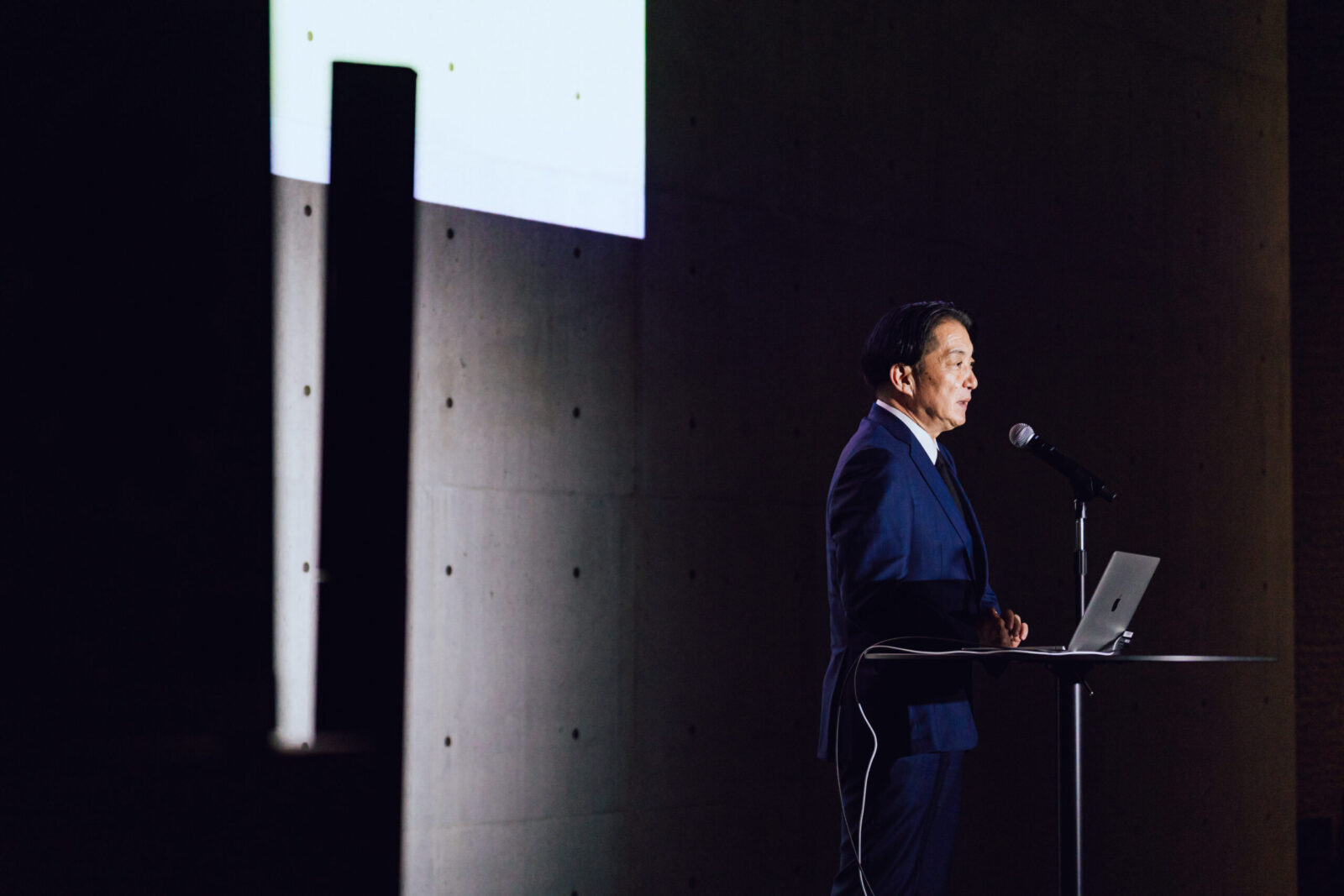Voices
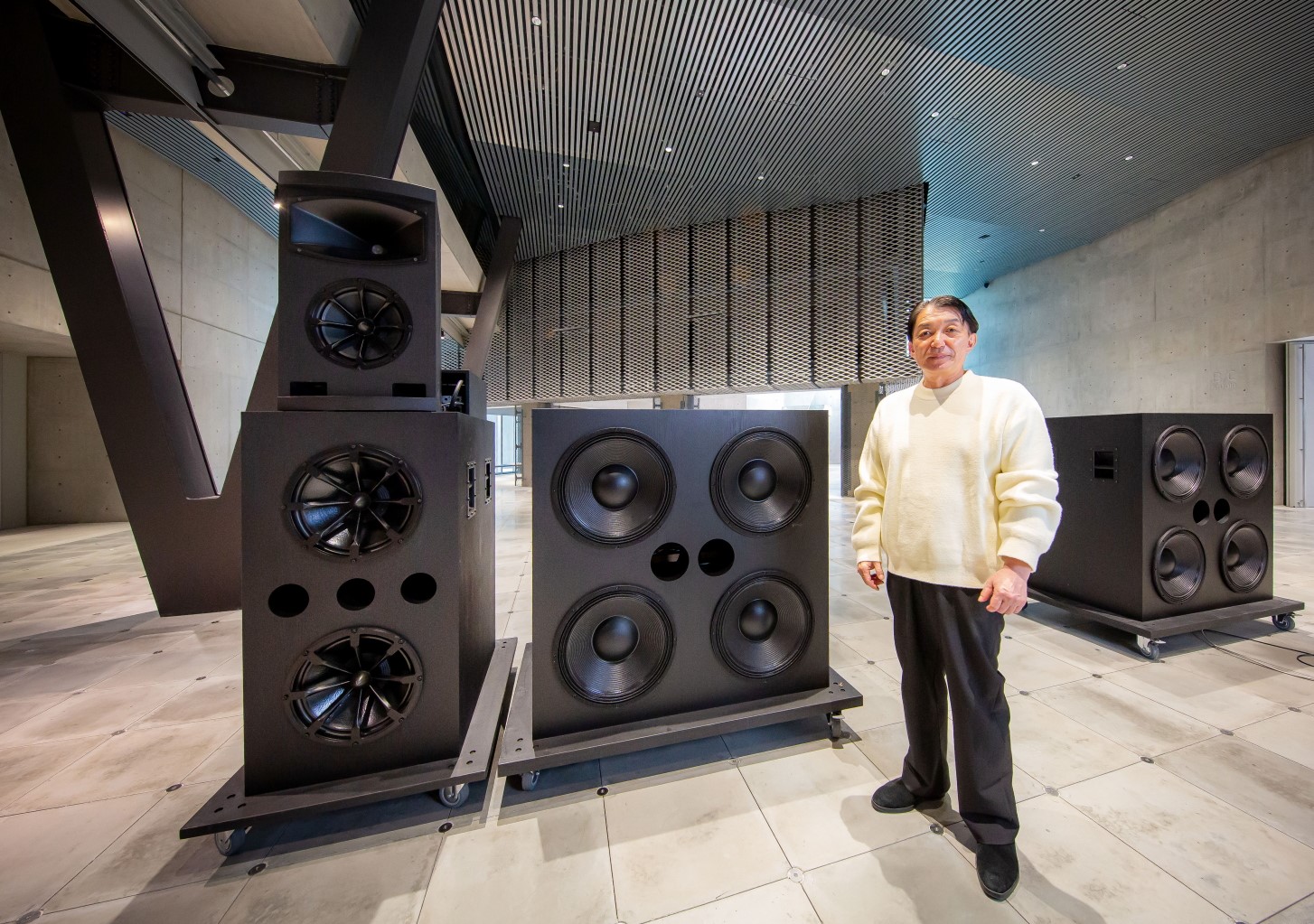

3.4[2025]
The Aim is “Clear, Precise Sound”. Inheriting the Ideal of Mr. Ryuichi Sakamoto
One of the key elements that characterizes VS. is its sound system that is integrated into the large space. From speaker selection to system creation, the project was led by Mr. Hiroyasu Sato, the representative director of EASTERN SOUND FACTORY Co.,Ltd., a company that imports, manufactures and sells audio equipment. Since 2007, he has been highly acclaimed for his works with the late Mr. Ryuichi Sakamoto, and his aim in acoustic design of VS. was to achieve one ideal that he had inherited from Mr. Sakamoto.
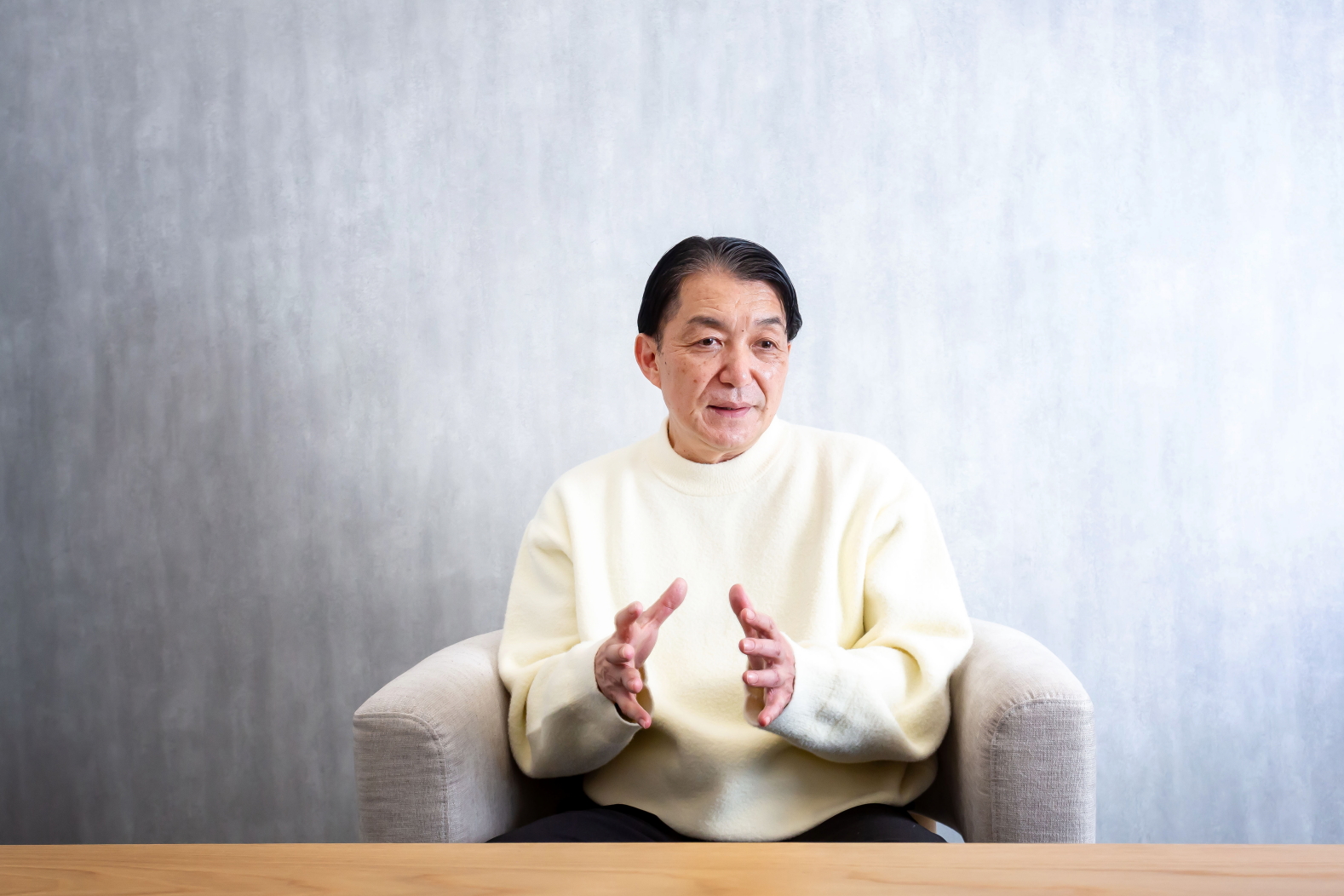
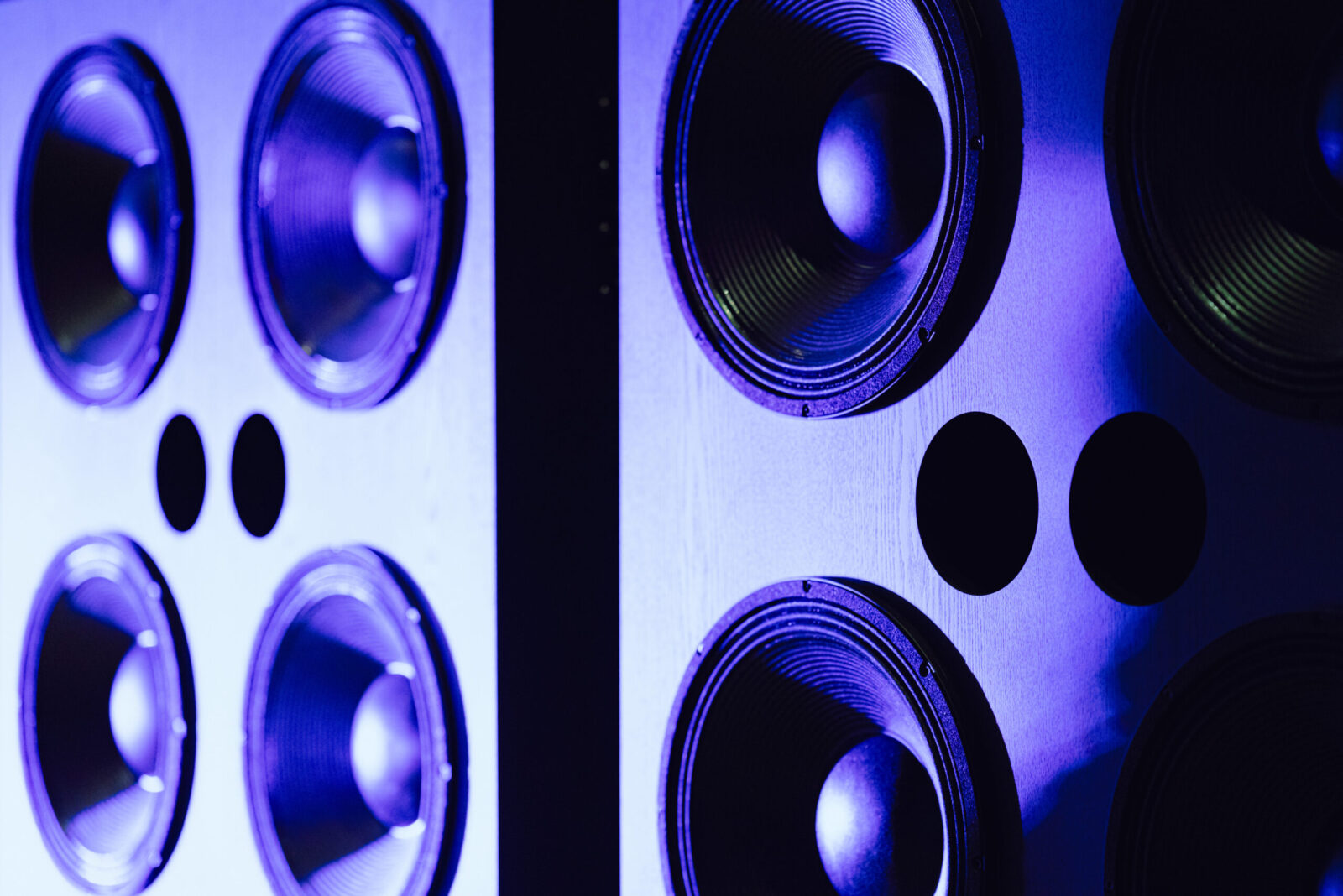
His Encounter with Mr. Ryuichi Sakamoto
Defines His Approach to Sound Design
–Mr. Sato, you have been engaged in the sound design for Mr. Ryuichi Sakamoto’s tours, as well as for the “109 Cinemas Premium Shinjuku” (2023), which was supervised by Mr. Sakamoto, and the installation by French media artist Philippe Parreno (at the Pola Museum of Art, 2024) in recent years. What led you to become involved in this sort of work in the first place?
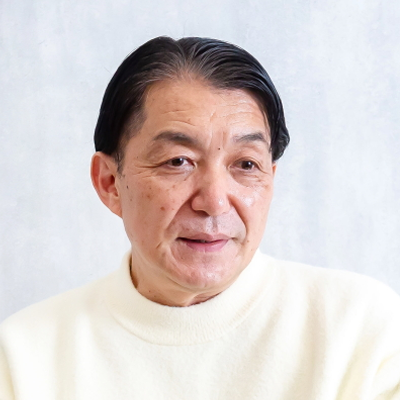
I’ve loved music since I was a child, and I’ve always enjoyed playing and listening to musical instruments. My interest in sound systems began in the late 80s and early 90s, when I first encountered club culture. When the club “GOLD” opened in Shibaura, Tokyo, it was a real shock. The sound system was designed by a sound designer from New York, and the quantity, sound pressure and sound quality of the systems were all different from the live houses and discos I had known up until then. It was just at the time when house music and ground beat were popular, and I felt the emergence of a new culture. Subsequently, this led me to work for the Japanese branch of an American company, where I dealt with sound systems.
In 2001, I established EASTERN SOUND FACTORY Co.,Ltd. (ESF), an audio equipment import trading company.
I first met Mr. Ryuichi Sakamoto in 2007. It was at the installation “LIFE-fluid, invisible, inaudible…”, his collaboration work with Mr. Shiro Takatani, held at the Yamaguchi Center for Arts and Media. At the time, 18 “RL906” speakers from the German brand “musikelectronic geithain (Musique)”, of which ESF is the importer and distributor, were installed on the ceiling. This was followed by 12 Musique “RL901K” speakers used in a solo piano tour in 2009. So, I worked with Mr. Sakamoto, the first time with electronic sounds and the second time with live instruments.
In 2011, our staff and many from Musique were to accompany him on a tour of Europe. Perhaps it was a time when Mr. Sakamoto’s center of interest shifted to reverberation.
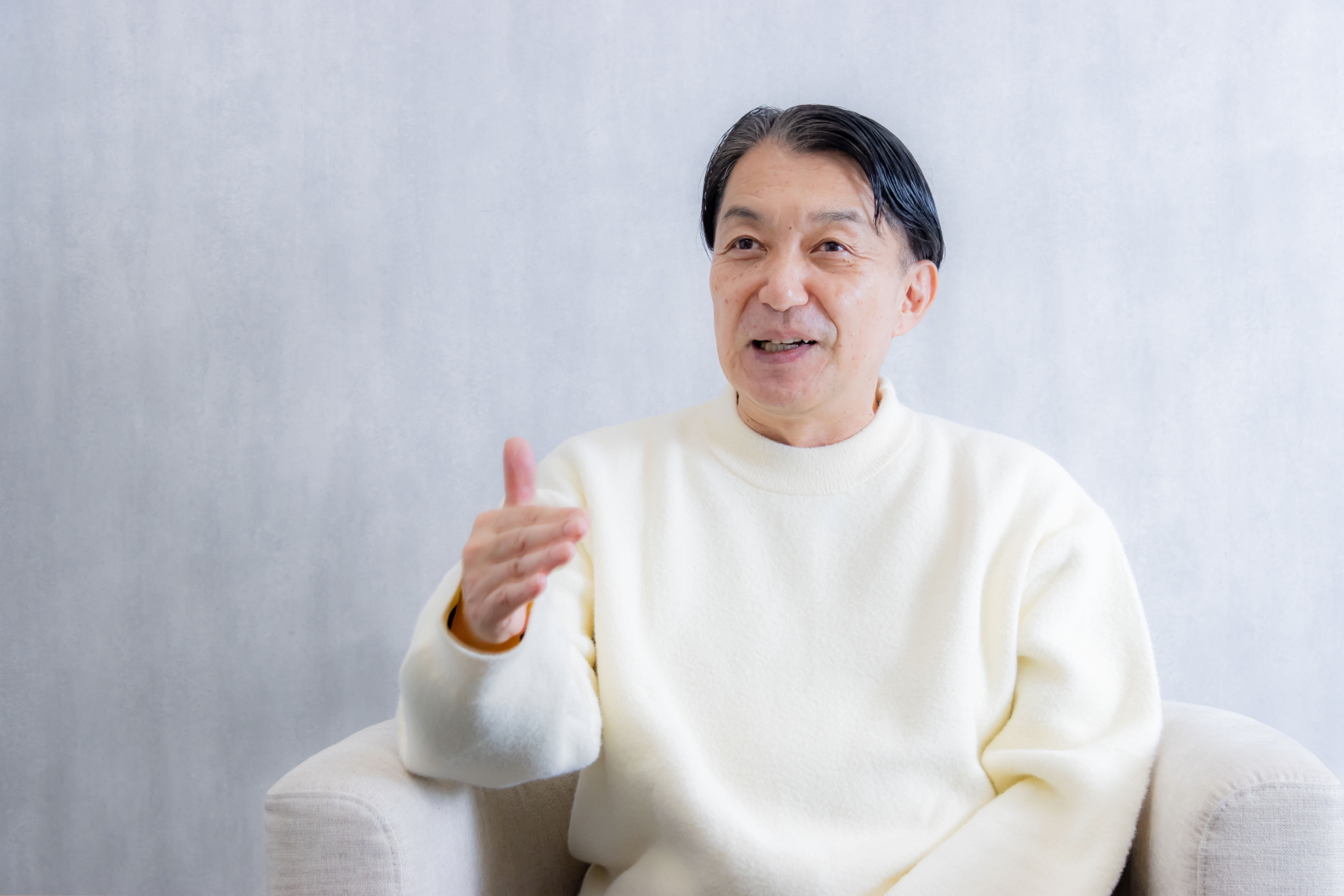
During a rehearsal with Mr. Sakamoto, there was this episode.
We had set up the sound systems so that the sound of the piano could be heard clearly at a position more than 20 meters away from the piano on stage. When Mr. Sakamoto heard it from that position, he said, “It sounds too clear.” He meant that it was strange to hear so much sound at the position, more than 20 meters away from the piano.
He also said, “I want the sound to be attenuated (in the position).” This meant that he did not want the sound from the speakers to be amplified to artificially increase the clarity, but rather to be louder as if the sound was not being amplified. I understand this now, but it was a shock to me at the time. He wanted all of the speakers to disappear.
Now I also aspire for the presence of the speakers to disappear.
At “109 Cinemas Premium Shinjuku”, opened in 2023, Mr. Sakamoto supervised the acoustic design with the concept of “the world’s best sounding movie theater”. At the time he launched a slogan, “Clear, precise sound.” Nice words, right?
Mr. Sakamoto’s slogan matched perfectly with the image of the theater. And I myself was guided by these words. This VS. is another place that faithfully reproduces it.
”High Definition”, “Flexible Power”
and “Easy Operation”
Three Elements Implemented in the Acoustics of VS.
–How did you set up the VS. system?

First, when we take on a job, we provide thorough counseling to the client. The larger the project, the more likely it is that each person in charge on the client’s side will have different ideas. Once each idea is heard and properly formulated, the rest is a simple process. Nowadays, computers can simulate speaker designs, so the process of building and listening to several prototypes is no longer necessary as it was in the past. Although experience is required for tone, driver selection and circuit design are our strong points. We can reach the ideal sound faster than others by simulating in our brains, “If we combine this component with that component, the sound will be like this.” The key to a successful project lies in the preliminary stages of the production work, and the most important step is to thoroughly understand what the client’s needs are.
This time, VS. aimed to be “multi-purpose” and “a top-level media art gallery.”
Therefore, we proposed three elements: ”High Definition”, “Flexible Power” and “Easy Operation”. A system that can reproduce the sound the user wants at a high level is one that has a high amount of information and can increase sound pressure when needed. Of course, the system must be able to accurately reproduce even the smallest of sounds. The sound systems at the VS. meet these requirements and can be easily set up to meet your objectives.
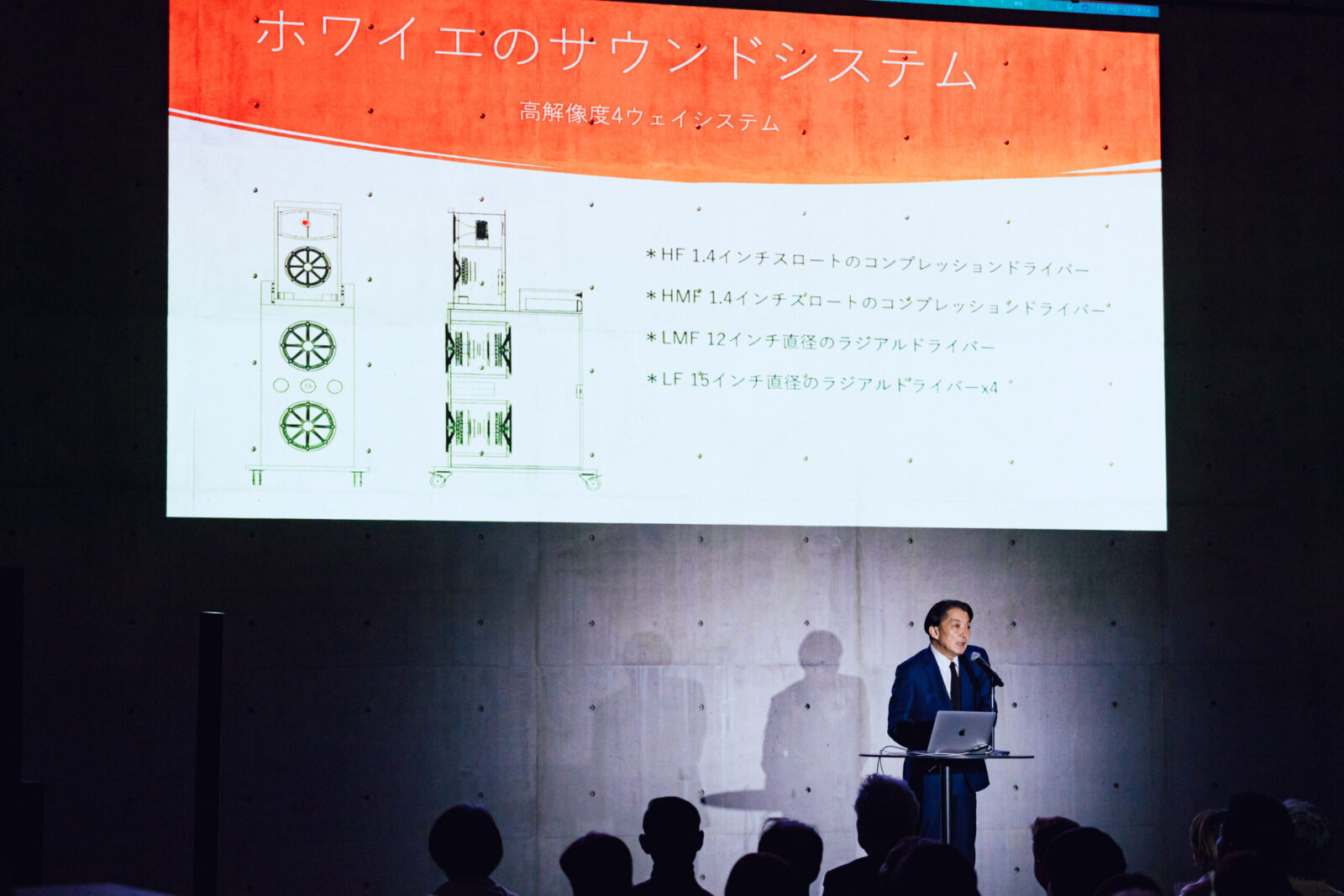
We had a little difficulty with STUDIO A, a large space with a ceiling height of 15 meters, which is one of the most notable features of VS. As you can see when you speak in STUDIO A, the time it takes for the sound to come back is very long. It is very difficult to make the sound system produce clear audio in such a long reverberant space. It is good for works that require reverberation, but I was very worried about what to do for works that do not require reverberation, and how to accommodate various uses as a multi-purpose gallery.
It was then I realized that the truss battens on the ceiling could be raised and lowered. We conceived the idea of using the elevating function of the truss battens to change the distance of the sound system. As a closer distance would reduce the reverberation, while a further distance would increase it.
The STUDIO A’s sound system consists of eight Musique RL906 speakers on the outer perimeter plus four on the inner perimeter, and our designed omnidirectional speaker and four bass management units in the center, suspended on truss battens. All of them are connected to DSP (Digital Signal Processor) so we can control the individual delay times. For example, if you want a cathedral-like sound, you can raise the truss battens to the highest point and further control the delay time of the omnidirectional speakers and bass management units to create the auditory illusion of a higher ceiling. Mr. Daito Manabe’s work for the VS. opening made maximum use of this system. He said during the preview, “It’s hard to control the reverberation, but the unusual way it sounds is interesting.” In the end, the “Synthesis of Body-Space-Music,” in which the space and sound system were perfectly controlled, was exhibited.
Many of you might have been surprised to see this exhibit in STUDIO A. (lol)
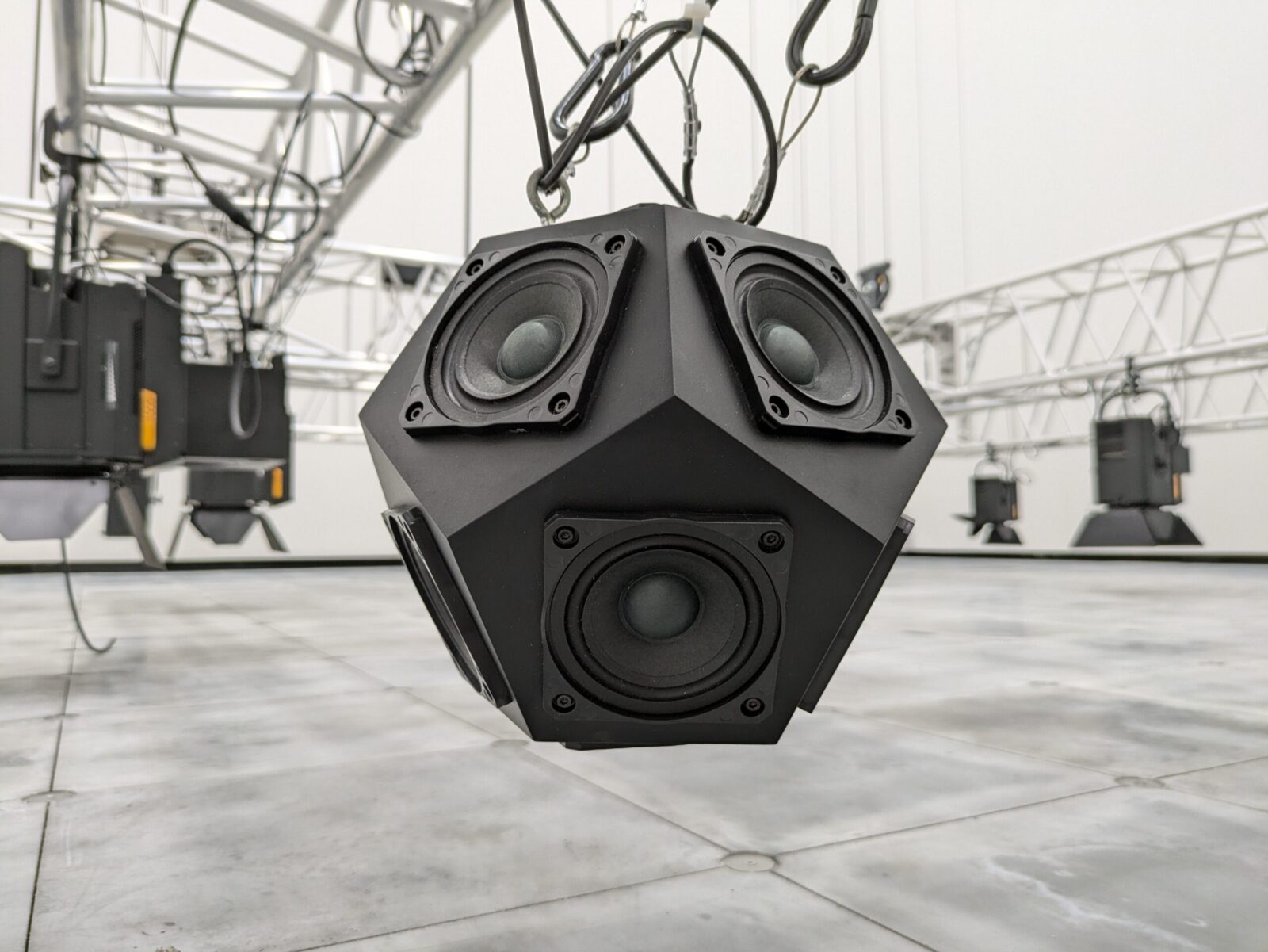
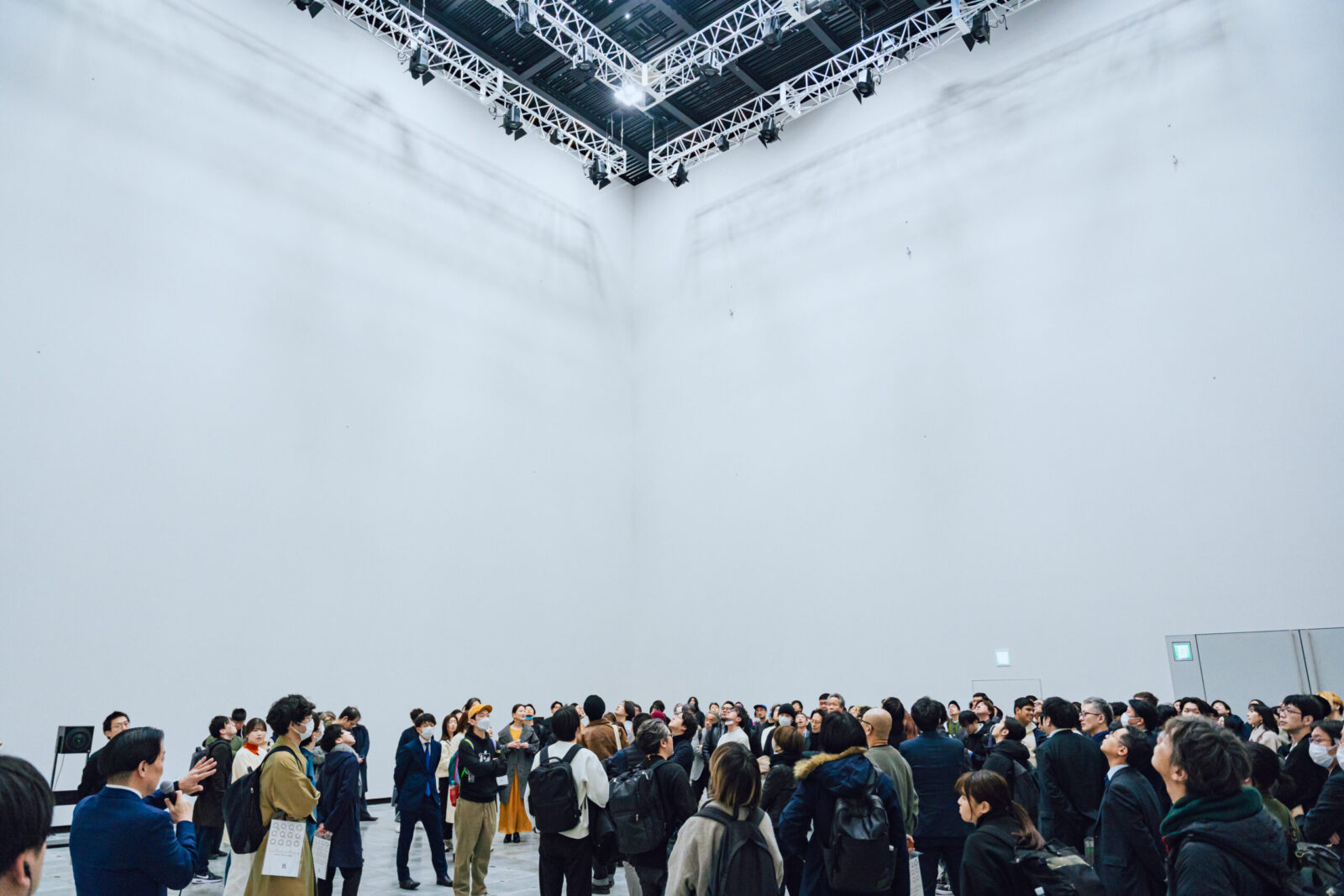
The trend in speakers is moving to smaller and lighter ones. This is better for the workload of the field staff. However, as Mr. Sakamoto emphasized, it is important for speakers to be able to reproduce the “depth of sound” in order to create highly realistic sound. To achieve this in a large space, speakers of a reasonable size and rigidity are required. The speaker cabinets should have the required volume and be assembled with a high degree of rigidity to avoid any unusual noise. And if the sound from the drivers is fine-tuned, there is no need for extra equalization or limiter. If you try to make loud sounds with speakers that are smaller than necessary, you will need to use excessive equalization and limiters. The price you pay for this is the loss of “depth of sound”.
The speakers in the VS. are designed to reproduce the “depth of sound” properly. To achieve this, high-quality power amplifiers are driven by high-quality power supplies, and the power amplifiers and speakers are connected by high-quality cables.
――What kind of exhibitions would you like to see here in the future?

First of all, I would like to see media art. I’m looking forward to meeting artists who are of a different type to Mr. Sakamoto and Mr. Manabe, and who will thrill us. And then, it would also be nice to see a movie. The foyer at VS. has a projector that can show excellent images, so I’d love to watch a movie on this system.
Also, since VS. is an independent underground space, I think that Mr. Manabe’s installation “Continuum Resonance”, which makes full use of sound, could be realized in such a location close to the station. His installation requires high-definition audio, as well as suitable sound pressure and low frequencies, so finding the right location is not easy. I think that Mr. Manabe’s “Continuum Resonance” was completed because VS. offers a space where sound can be fully expressed, with a sound system that delivers full-range sound.
